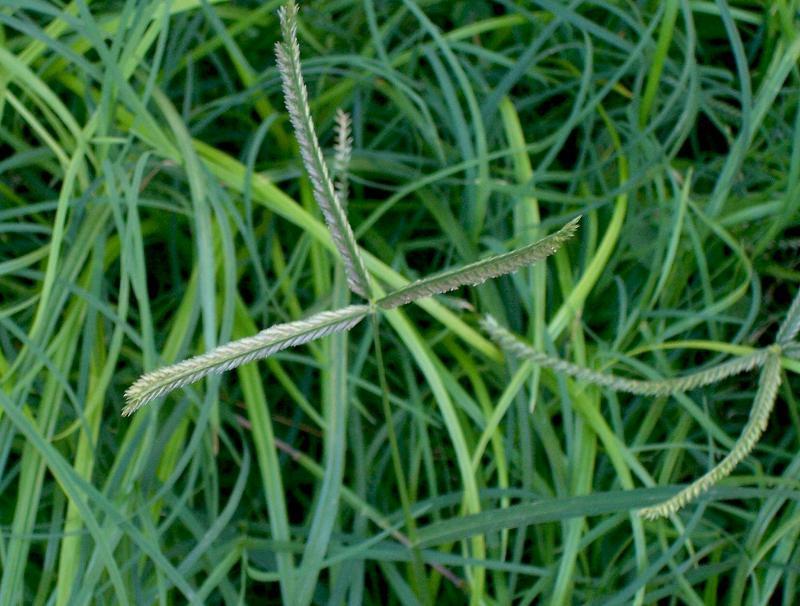Malaysia now not only ranks first in Asia in obesity incidence, but also first in diabetes. With half of its population is either overweight or obese, and close to 1/5th are diabetic, one of the points of interest for obesity and diabetes management is through improving lifestyle, particularly one’s diet. Our invention, with a rather similar benefit to health as the ever-popular probiotic drink, Yakult and Vitagen, comes with more advantages and benefits. The product, flour in form, can be easily supplemented in meals, substituting other high-glycemic index flour and thus with more positive impact to health. Our invention will also fill the market gap between consumer’s demand for gut health product and recent public’s concern on ingesting live microorganism (probiotic). Although the public’s worry on consuming probiotic is unfounded, the negative reaction has been quick particularly on social media. Our invention, a prebiotic, will provide an alternative to probiotic as the product with healthy gut implication, but without the need to ingest living bacteria. We would expect that this invention, once marketed, will slowly gained recognition, and we as a nation, can slowly move away from our over-dependency to import-based flour.
Our invention showed that the sago’s resistant starch produced through chemical modification processes, once supplemented and fed into BALB/c mice, caused a shift of gut microbiome composition towards one that would be beneficial to human. Analysis of short chain fatty acid profile in fecal sample also showed an increase of preferred SCFA that could positively contribute to good health. These two factors qualify sago’s resistant starch to be labelled as prebiotic.
All prior chemical modification on sago starch did not addressed the potential of chemical modification in improving health-related implication of the resultant modified starch. Specifically, existing technology did not cover the effect of their technology towards gut microbiota composition and short chain fatty acid profile once consumed. Our invention filled this gap and proved that chemical modifications of sago starch can yield a starch with prebiotic properties. It is also important to note that sago palm, a crop native to Sarawak, can be grown with minimal care, with starch yield of 3 to 4 times higher than rice, corn or wheat and 17 times higher than cassava.
ADVANTAGES
Most innovation on modified starch did not study its functionality in the food industry, as resistant starch is often exploited for industrial application.
Its few applications in food is also very limited to textural purposes. The study of resistant starch as a functional food ingredient is therefore rather new.
Our product is the first that uncovered the possibility of chemical modifications in improving sago starch functionality as a prebiotic ingredient.
Benefit to community:
Sago is the major source of income for rural Melanaus, in the state of Sarawak. In some part of the state, some other communities still rely on sago as their staple carbohydrate source. Our invention will drive up demand for sago starch and therefore directly improving the income of the Melanaus. It will also allow sago to be positioned as a strong, and an economically important crop commodity for the state and open opportunities for rural people to become sago smallholders, benefitting them financially and allowing them to have direct impact on the state’s GDP.
Benefit to environment:
Peat soil, which covers 1.69 million hectares of land in Sarawak, is unsuitable for a lot of crop due to its high-water content of up to 90%, high compressibility and low shear strength characteristics. Two of the crops that can withstand its condition are oil palm and sago. However, Malaysia has been the target of criticism due to the oil palm plantation on peat soil. Wetland International has attacked Sarawak by blaming the oil palm plantation on the decrease of peat forest area. An issue was also raised regarding the emission of CO2 in which occurs when organic matter breaks down when the high-water content of peat soil is drained out for oil palm planting. Sago on the other hand fare a bit better in terms of gaining attention from environmentalist. Unlike oil palm, planting sago does not caused drainage, thus making it a much more favourable crop to be cultivated on peat soil.
Researcher :
Assoc. Prof. Dr. Shahrul Razid Sarbini
Dept. of Crop Sciences, Faculty of Agriculture and Food Sciences
Email : shahrulrazid@upm.edu.my
www.sciencepark.upm.edu.my
Date of Input: 21/01/2020 | Updated: 21/01/2020 | asrizam
MEDIA SHARING
























